5 easiest vegetables to grow in water – it's an affordable way to create an abundant kitchen garden, say experts
All you need is a container, water, and a sunny windowsill
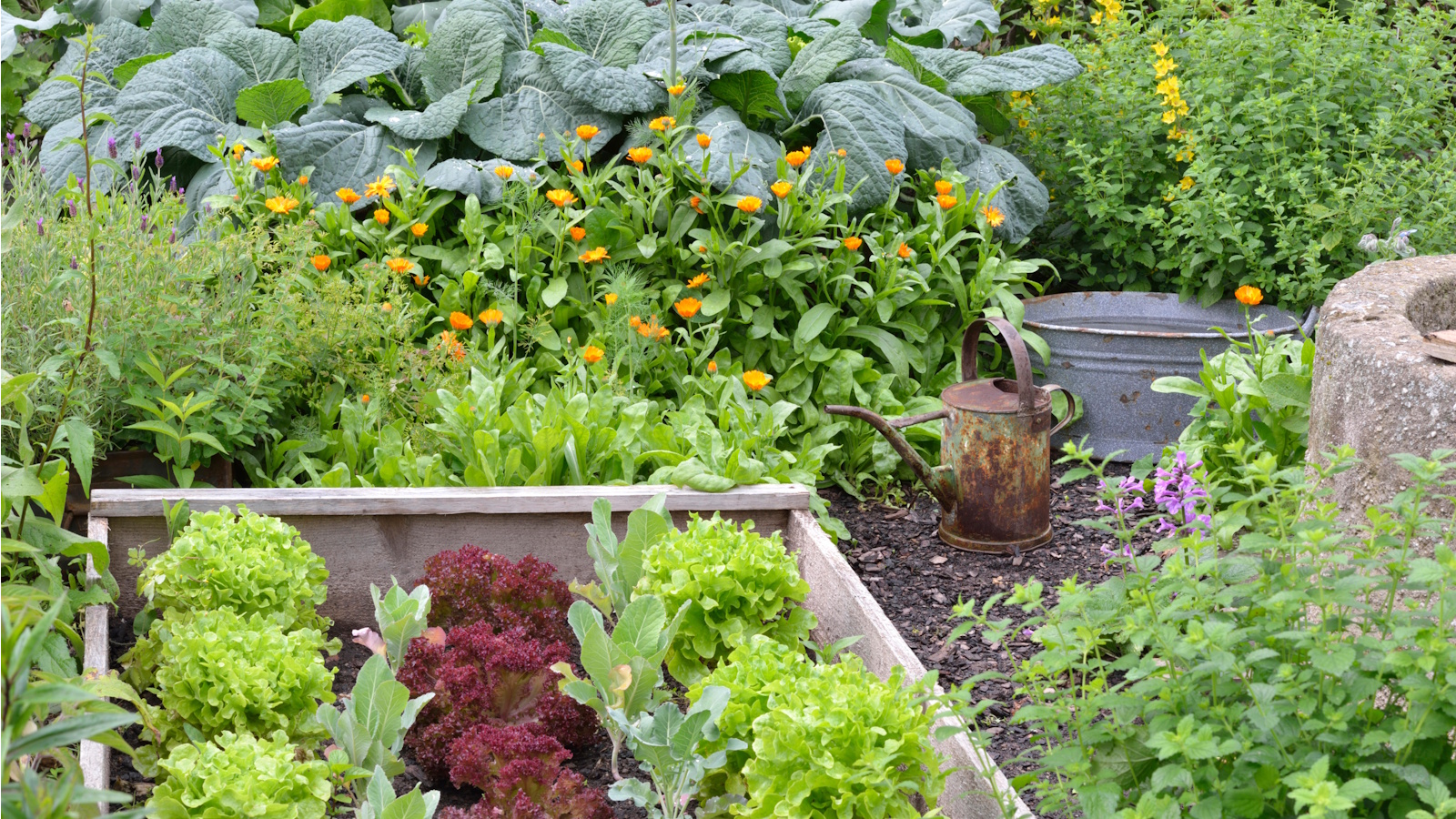

If you're an indoor gardener with limited space, hydroponic gardening is a great solution to growing your own vegetables. Although it isn't just for indoors, you can also set up the easiest vegetables to grow in water in a greenhouse or under shelter outdoors.
Growing plants in water is fairly low-maintenance. For hydroponic vegetables, it usually just consists of a hydroponic system or a container, a warm and sunny spot, and fresh water. Although there are some hydroponic gardening mistakes that can hinder your success.
Here, a hydroponic growing expert reveals five of the easiest vegetables to grow in water, so you can kickstart your own hydroponic kitchen garden. It's a space-saving, affordable way to grow your own food.
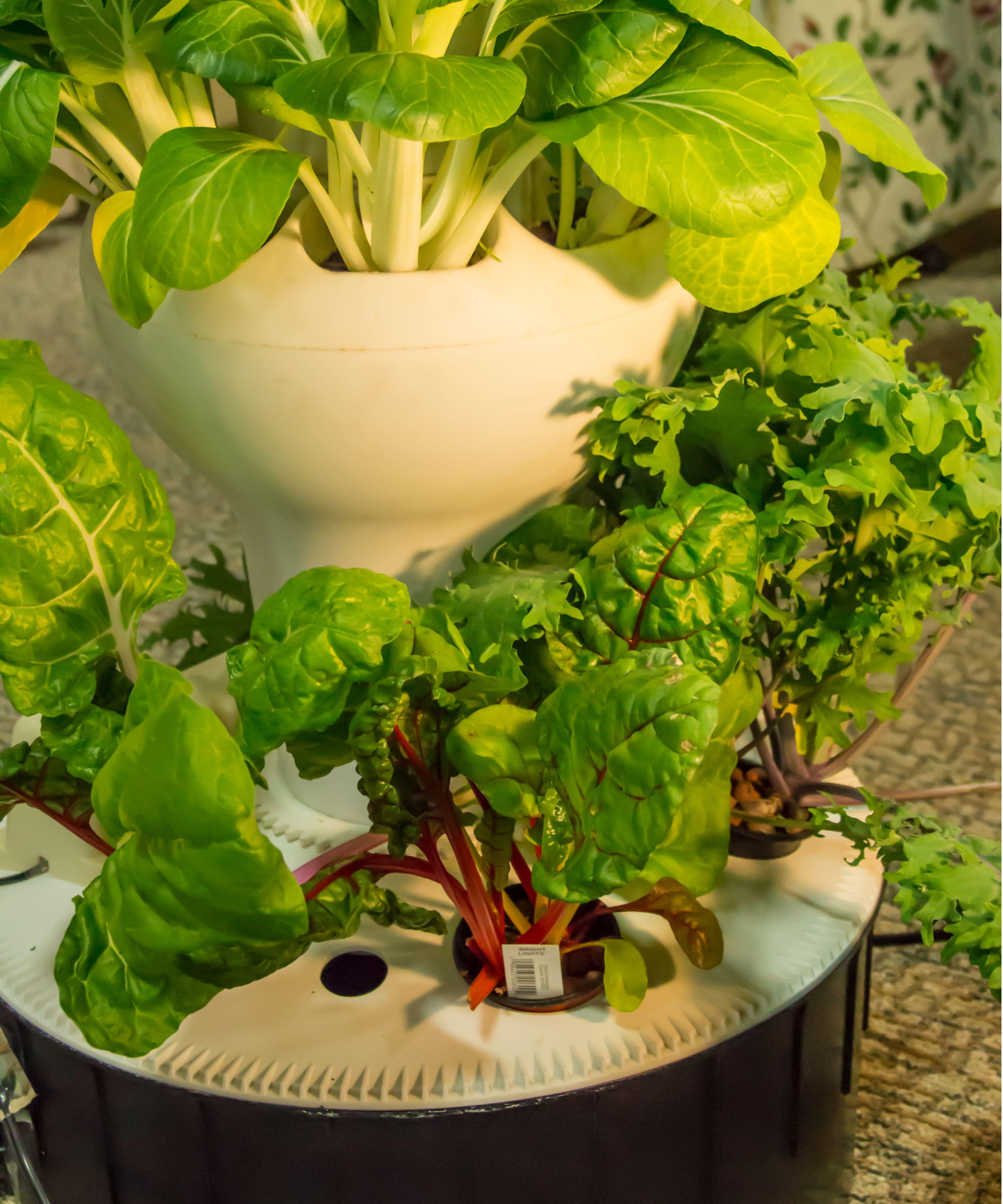
5 easiest vegetables to grow in water
Kitchen gardens come in many forms, and a hydroponic set-up allows you to grow your own vegetables no matter the space you have available.
Not all vegetables can be easily grown in water, however. Root vegetables, for example, are trickier to grow from scratch hydroponically, although you can often grow carrots from carrot tops in water fairly easily. With that being said, these are the easiest vegetables to grow in water from seed:
1. Tomatoes
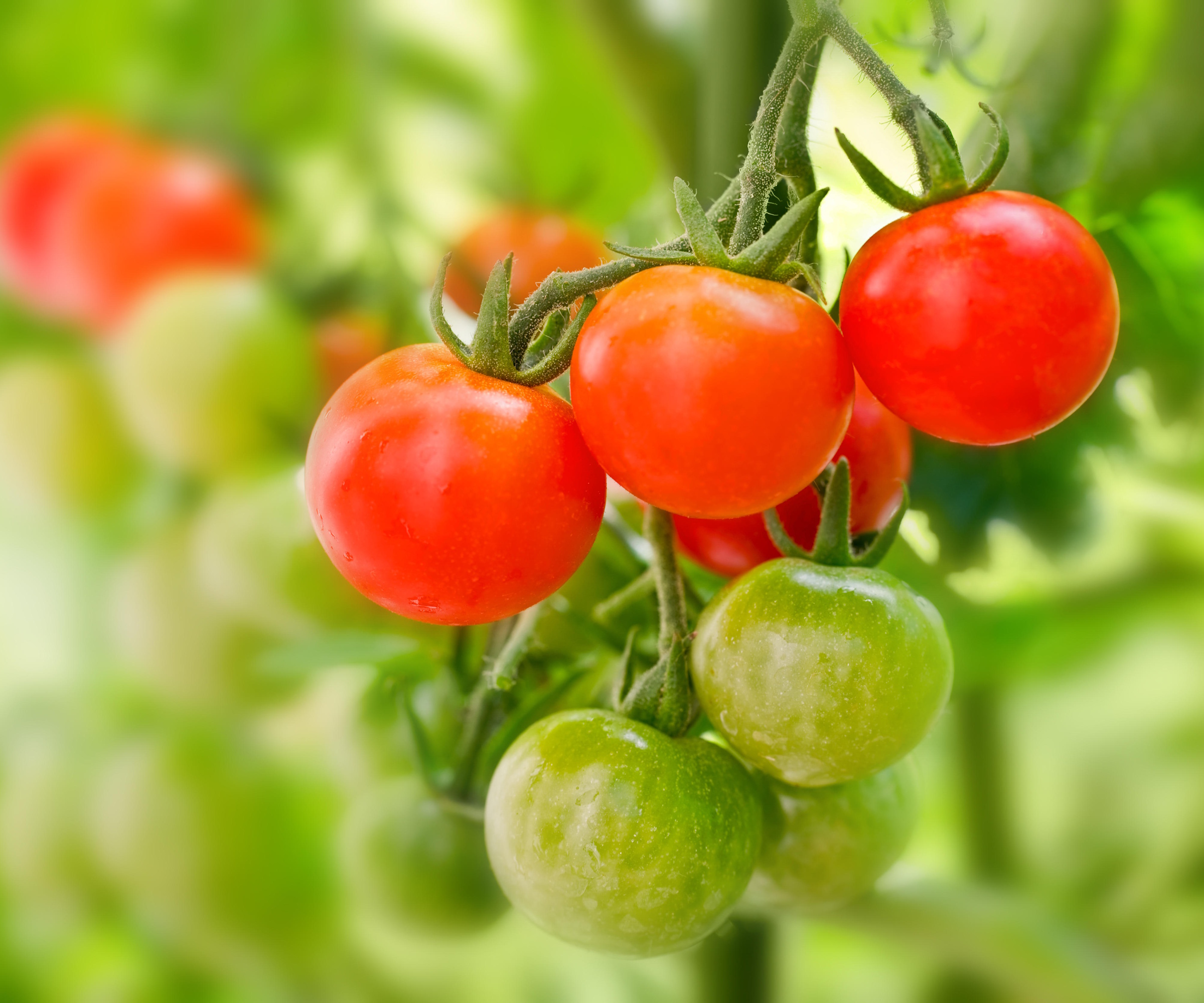
There are so many ways to grow tomatoes, including growing tomatoes in buckets and growing them in water. For hydroponic tomatoes, you can have an indoor set-up on a bright windowsill or outdoors in a sunny spot.
You'll either need a hydroponic system (from Amazon) or a large container, like this bucket from Walmart. You can then plant seeds in hydroponic net pots (from Amazon) and coco coir, submerging them in the water.
Design expertise in your inbox – from inspiring decorating ideas and beautiful celebrity homes to practical gardening advice and shopping round-ups.
'Stick to determinate types like 'Tiny Tim' (seeds available at Amazon). These grow to a set size and produce fruit based on maturity rather than season. Indeterminate varieties often just keep growing without producing fruit unless carefully managed,' advises hydroponic growing expert Tessa Agrey.
Tomato growing mistakes still apply when using hydroponic methods, and don't forget to provide support for these climbing crops, like a trellis.

Tessa is co-founder of Hope Innovations. She helps people grow fresh, healthy food indoors using hydroponics, whether they live in a tiny apartment, a snowy climate, or just want to keep a kitchen garden going year-round. Tessa has worked with hundreds of home growers, simplifying everything from lighting and nutrients to system design and troubleshooting. Her focus is on making hydroponics easy to understand and accessible for real life.
2. Spinach
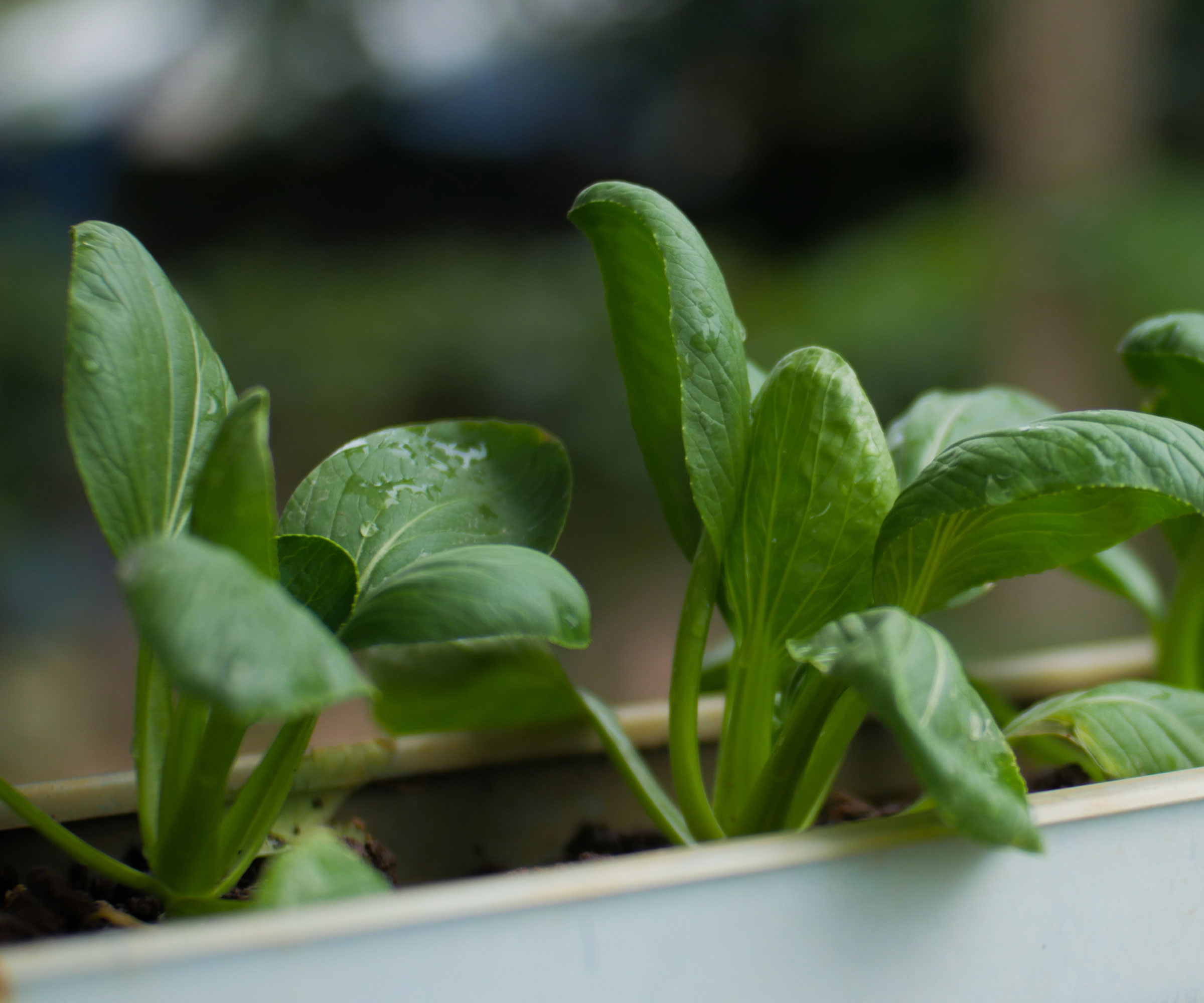
You can grow salad crops indoors using water and grow lights (from Amazon) easily, and this includes growing spinach hydroponically.
'Spinach can be tricky to germinate, but once it gets going, it is very easy to grow,' says Tessa. 'The seed coat is quite hard, which slows germination. Wrap the seeds in a damp paper towel with a splash of hydrogen peroxide and place them in a warm, dark spot for three to seven days. This softens the shell and allows water to enter the seed, giving it the push it needs to sprout,' she advises.
Just like growing spinach in pots, it can be helpful to provide a boost of essential plant nutrients. This hydroponic plant food from Amazon is a good choice. Simply add it to the water in your hydroponic setup every couple of weeks during the active growth period.
Use these baby leaf spinach seeds from Burpee to get going on your hydroponic spinach.
3. Bell peppers

Another climbing crop that makes the list of easiest vegetables to grow in water: bell peppers.
'Peppers take time but are so satisfying,' Tessa notes. 'Once flowers appear, hand-pollinate. Indoors, there is no wind or pollinators, so you can gently shake the plant, use a small fan, or transfer pollen by hand using a Q-tip or soft brush,' she advises.
For vegetables like tomatoes and bell peppers, a hydroponic system is a good choice or a DIY hydroponic garden with a water pump (like this one from Walmart) to keep the water clean.
'California Wonder' (seeds available at Burpee) is a great option because it stays compact and produces full-sized fruit,' Tessa suggests.
You can also use seedlings bought from a garden center, transplanting them into a water culture garden.
4. Lettuce
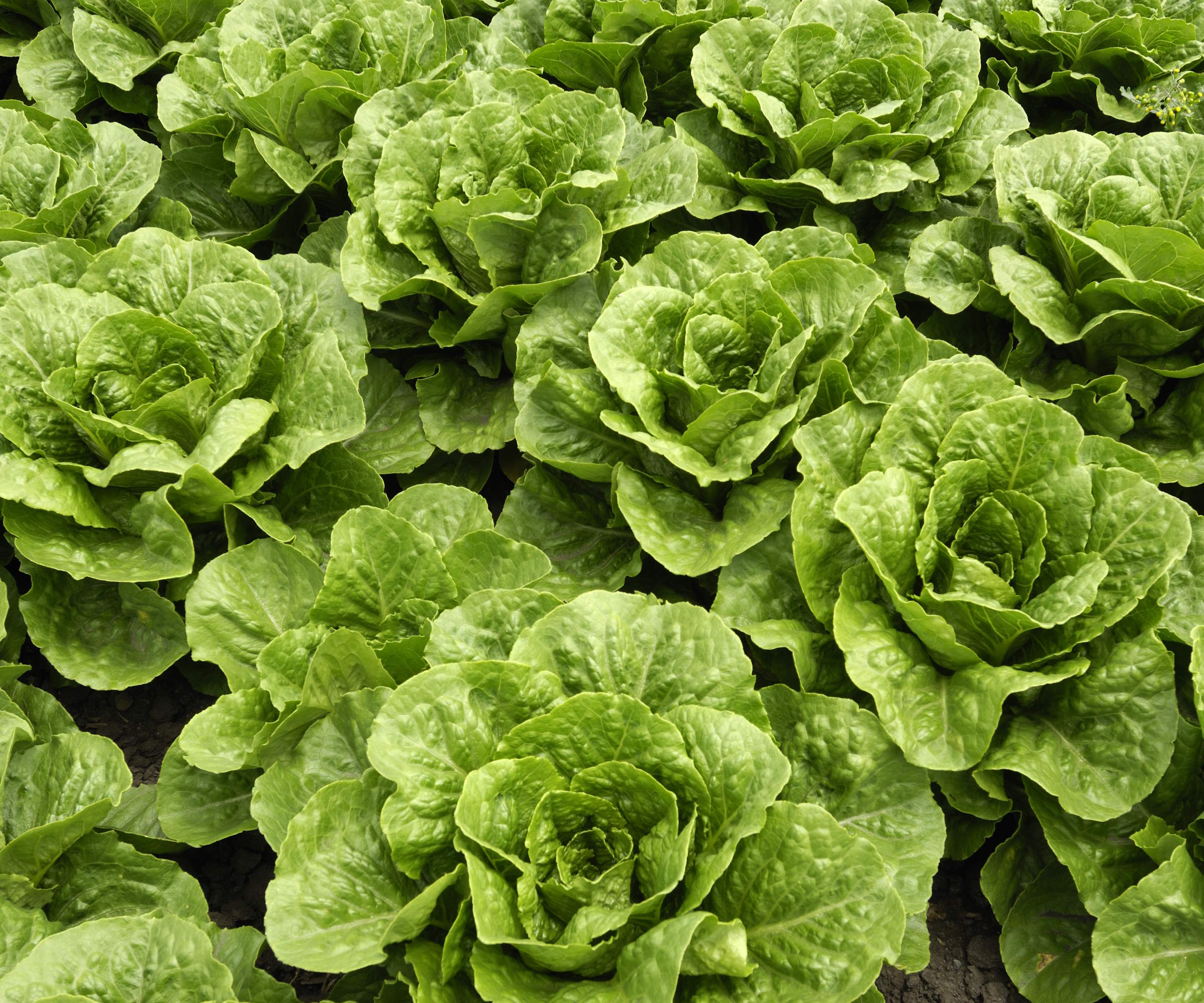
Leafy crops are some of the easiest vegetables to grow in water, so it makes sense that lettuce is on this list. When provided with optimal conditions, you can grow lettuce indoors hydroponically in as little as three weeks.
'This is a go-to beginner crop. It's fast-growing, crisp, and flavorful. 'Bright Romaine' is my favorite variety to grow hydroponically,' says Tessa.
'Make sure to keep the temperature between 64-68°F to prevent bolting. You can harvest the outer leaves and let the center keep growing for months. Once the leaves start tasting bitter, it is time to plant a new one,' she explains.
The Kratky method can work well for leafy vegetables, making lettuce one of the most low-maintenance crops to grow in water. To help maintain warmth, consider using an indoor growing system like a heat mat (from Amazon) for your lettuce.
Find lettuce seeds on Amazon.
5. Cucumber
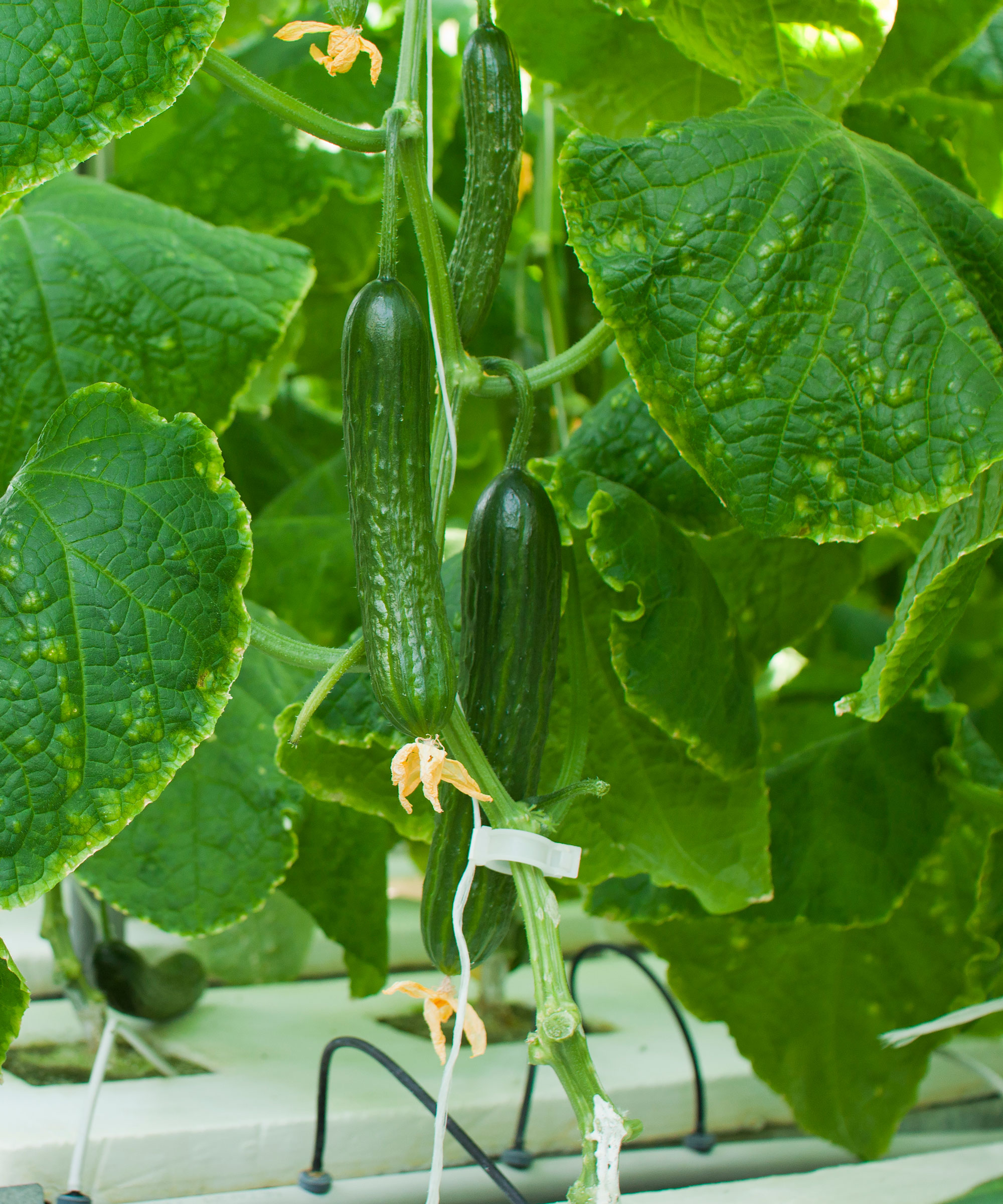
If you have limited space and want to create a vertical garden, you'll be pleased to know you can grow cucumbers vertically in water. In fact, it's very easy to do so.
You can either use aeroponics, elevating the cucumber plants above water and submerging their roots, or deep water culture to grow cucumbers in this way. Use a trellis like this one from Amazon to support the plant as it grows.
There are specific varieties that are better suited to hydroponic growing, for example, parthenocarpic or self-pollinating varieties, like 'Beit Alpha' (seeds from Amazon).
FAQs
What are the easiest vegetables to grow from scraps in water?
There are plenty of vegetables you can grow from scraps in water. For example, carrots, green onions, garlic, and celery. When it comes to growing vegetables from cuttings, take care to use the right part of the vegetable and provide plenty of sunlight and warmth for success.
There are plenty of pros and cons of hydroponic gardening, and the fact that you can grow your own dinner plate using water and no soil is certainly a space-saving benefit.
If you're just starting out with hydroponics and want to discover more unique methods to grow your own food, read our story on fogponics – a new technology that allows crops to be grown with mist.

Tenielle is a Gardens Content Editor at Homes & Gardens. She holds a qualification in MA Magazine Journalism and has over six years of journalistic experience. Before coming to Homes & Gardens, Tenielle was in the editorial department at the Royal Horticultural Society and worked on The Garden magazine. As our in-house houseplant expert, Tenielle writes on a range of solutions to houseplant problems, as well as other 'how to' guides, inspiring garden projects, and the latest gardening news. When she isn't writing, Tenielle can be found propagating her ever-growing collection of indoor plants, helping others overcome common houseplant pests and diseases, volunteering at a local gardening club, and attending gardening workshops, like a composting masterclass.
You must confirm your public display name before commenting
Please logout and then login again, you will then be prompted to enter your display name.